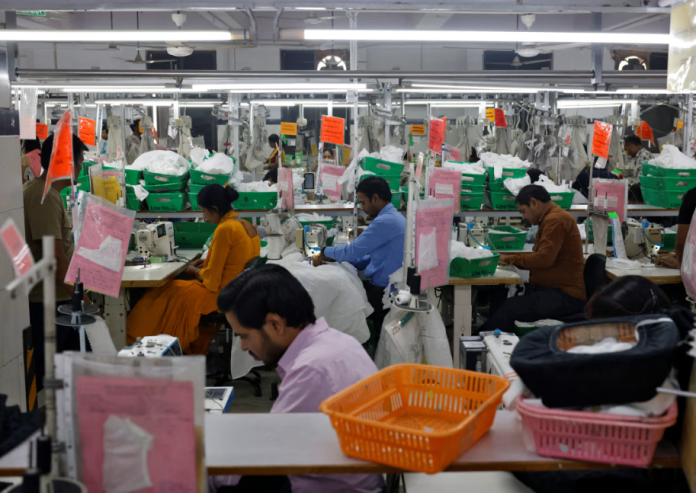A growing number of Indian economists believe that recent pressure from the United States, particularly in the form of new trade tariffs, could be the push India needs to reinvigorate its economic reforms.
They argue that India has witnessed firsthand the powerful impact of liberalization. Following the 1991 financial crisis, the country embraced sweeping economic changes—reducing tariffs, simplifying regulations, and opening its markets to foreign investment. This transformation fueled a period of sustained economic growth and positioned India as a major player in the global economy.
However, over the past decade, momentum for reform has slowed. Since around 2010, India’s average tariff rates have increased by about five percentage points. At the same time, the government has introduced a range of new import standards and certification requirements, many of which are aimed at curbing low-quality imports, particularly from China.
While these measures are designed to protect domestic industry, critics warn they may also be hampering the flow of essential goods and components that Indian manufacturers rely on.
With the recent escalation in trade tensions and pressure from global partners, especially the U.S., some experts believe India has a strategic opportunity to once again overhaul its trade policies. Doing so, they argue, could boost competitiveness, attract more investment, and position India to lead in the next wave of global economic growth.









